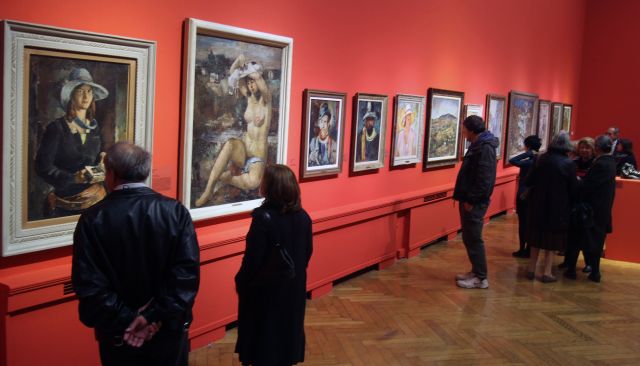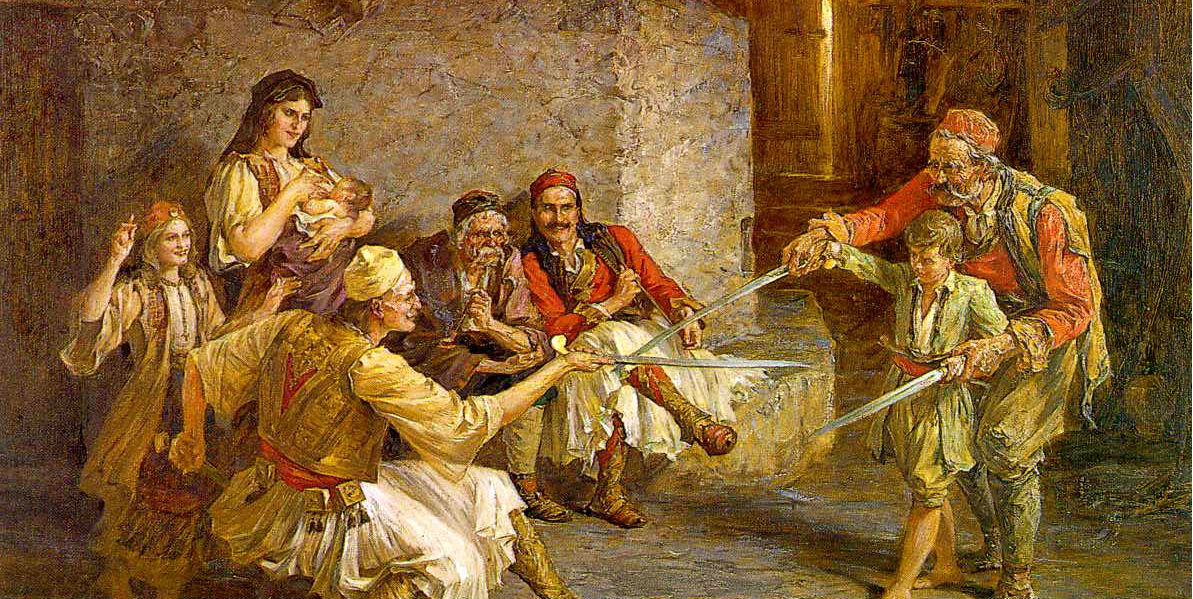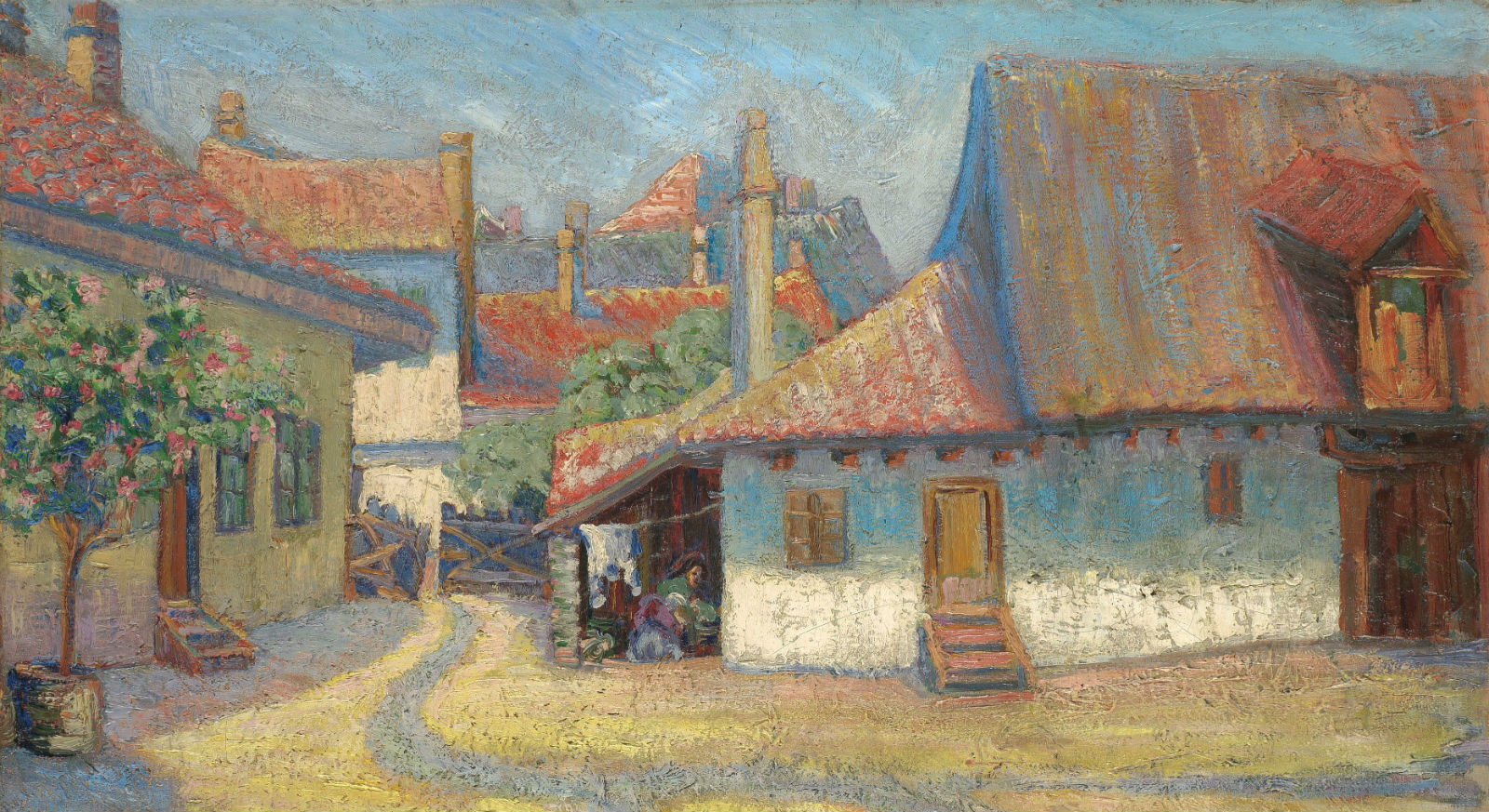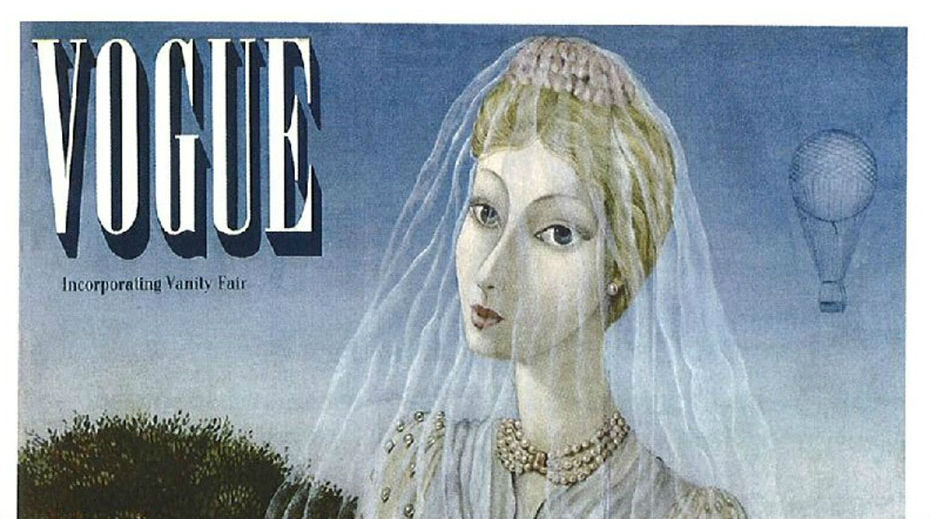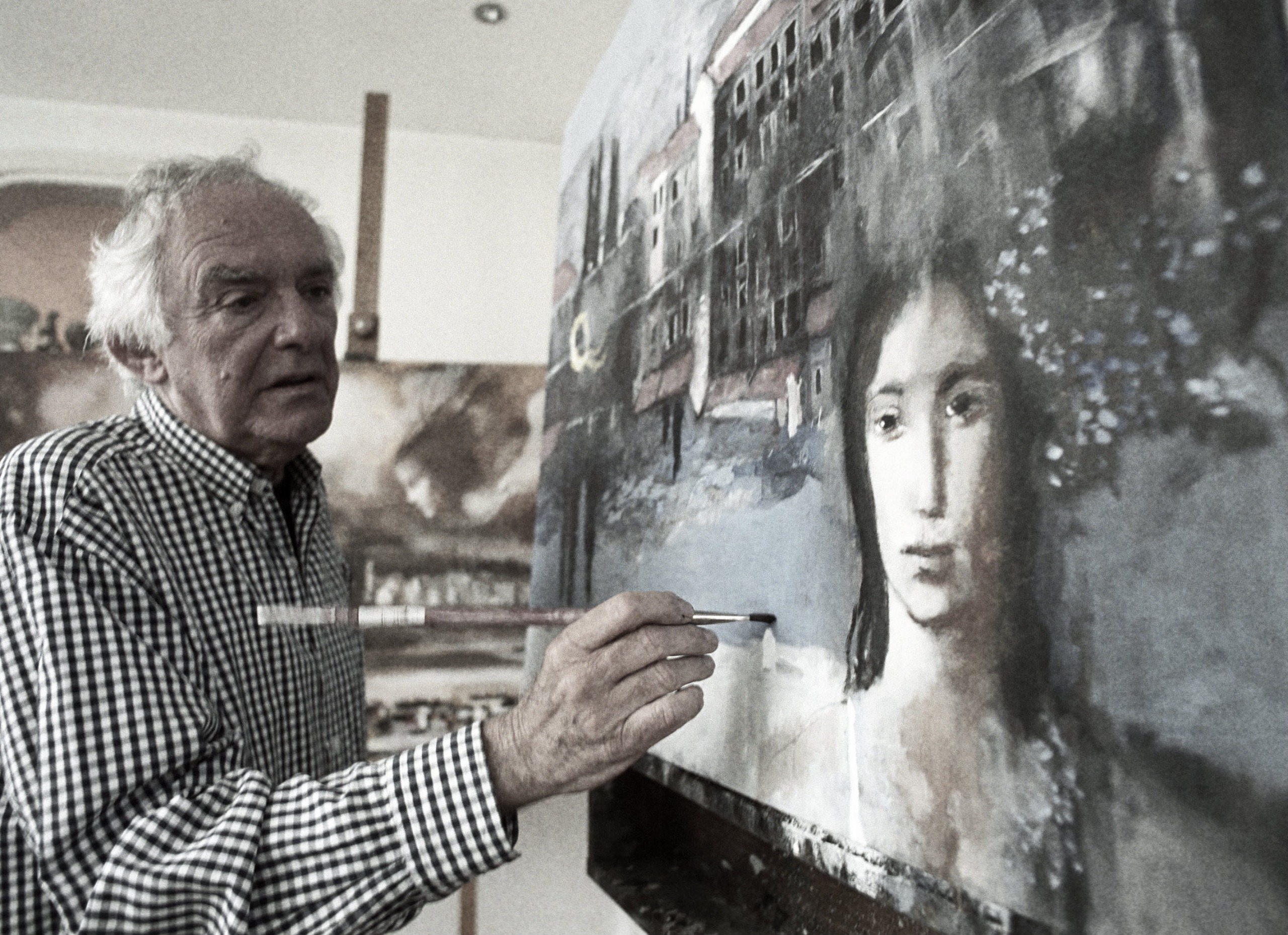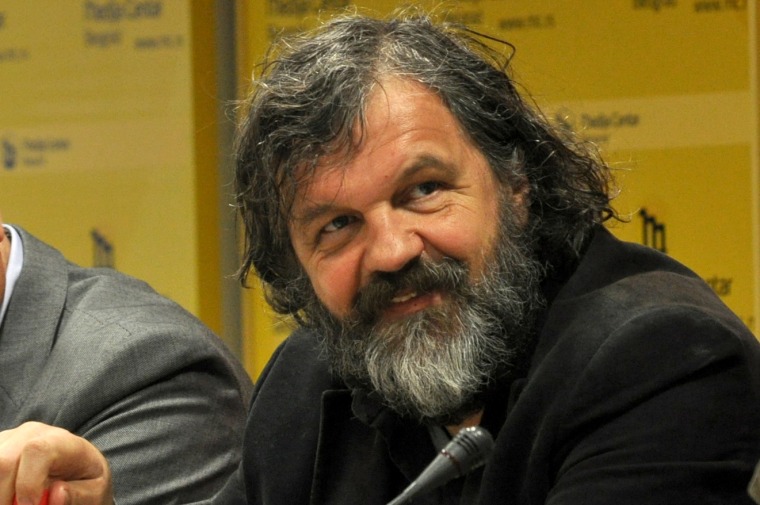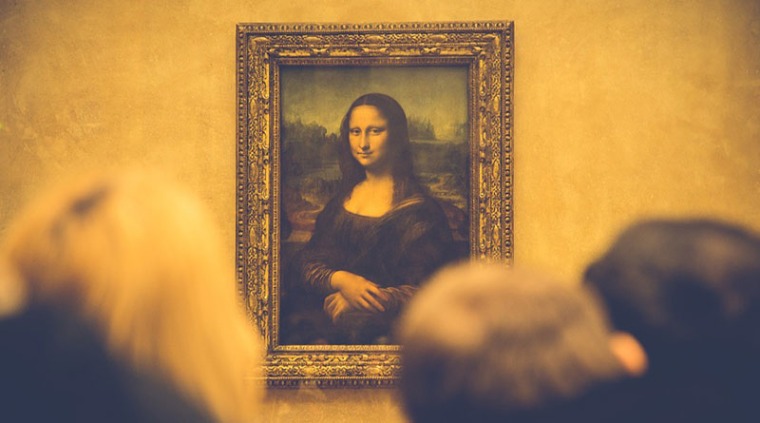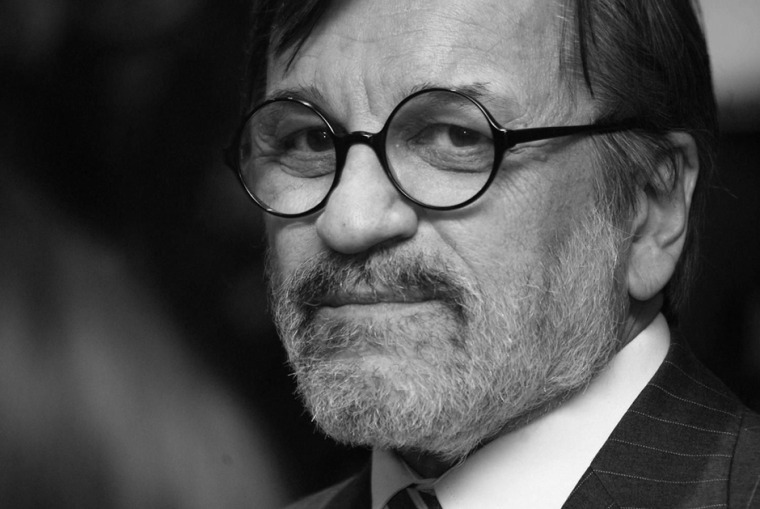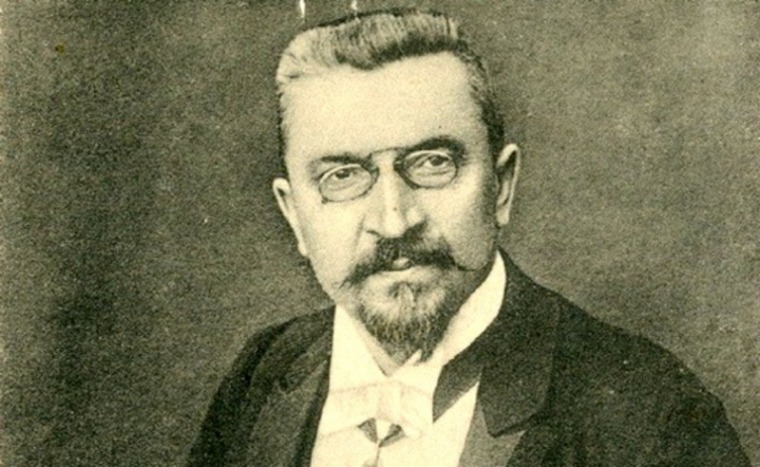A realist inspired by Serbian history and everyday life of the people, painter Pavle Paja Jovanović (1859-1957) made a significant influence on education, culture and patriotism of his nation.
There are a few painters who can boast with the fact that at the age of fourteen they were commissioned to paint a significant piece like Serbian painter Pavle Paja Jovanović was.
Church municipality in the town of Vršac, where he lived, decided to ask him to paint the saints for new bells in Saborna church. Hence Paja as a teenager got his first commission and at the same time a sort of a pass for the Academy of Fine Arts in Vienna.
 After lyceum, he enrolled at the Academy of Fine Arts in the class of the professor Christian Griepenkerl, esteemed painter and educationalist. He finished his studies in three years, but he continued his education with the same professor, in a special course for historic painting.
After lyceum, he enrolled at the Academy of Fine Arts in the class of the professor Christian Griepenkerl, esteemed painter and educationalist. He finished his studies in three years, but he continued his education with the same professor, in a special course for historic painting.
At the same time he attended several important courses taught by Leopold Carl Müller, at the time a very popular and celebrated painter of historic and genre painting, who was particularly known for his paintings with oriental motifs, especially from Egypt. Soon Paja became his best student.
Paja Jovanović found inspiration for his works in numerous travels. As a student he travelled to Montenegro, costal lands, Albania, Bosnia and Herzegovina, Southern and Eastern Serbia. On his travels he made sketches of everyday life and customs. He made detailed notes about landscapes, characters, folk costumes, jewelry, and arms.
Full of impressions he created: “Wounded Montenegrin” (for this painting he got the imperial scholarship), “Guslar”, “Decorating Bride”, “Arnaut with čibuk”, “Cockfighting”… These paintings made Paja Jovanović famous around the world, especially in Europe that was more than interested in the Balkans at that time.
Serbia was proud of its young and famous artist. Almost every house had a reproduction of some of his paintingsrepresenting a theme from Serbian history or everyday life. And the Serbian government, proud that he introduced Serbian history and culture to the world, made him corresponding member of the Serbian Learned Society in 1884. Four years later, in 1888, he was elected regular member of the Serbian Royal Academy.
From 1895 Paja Jovanović painted historical compositions and the same year he got two significant commissions for the Millenium exhibition in Budapest. Serbian patriarch Georgije Branković commissioned him to paint a monumental historical composition “Serb Migrations” under patriarch Arsenije III Čarnojević. The other commission was made by the town of Vršac to paint “Triptych”. After a long scientific research and travels and ten months of hard work, the painter was satisfied, but not the patriarch.
Due to his complaints and remarks, mainly of political character, the “Serb Migrations” painting wasn’t exhibited at the Millennium exhibition, instead they exhibited “The Vršac triptych”: “Mowing”, “Harvest”, “Market”, that was seen as the expression of good relations between Serbs, Hungarians and Germans.
After 1905 Paja Jovanović devoted himself exclusively to painting the portraits. He painted numerous rulers, politicians, aristocrats, scientists, artists, and above all he liked to paint female characters, because, according to him, he was painting beauty.
He did portraits of Serbian scientist Mihajlo Pupin, Montenegrin princess Milica and king Nikola, nine portraits of Austrian emperor Franz Joseph, the dancer Bergel, Sofia Dundjerski and several portraits of his muse, and later his wife, Hermina Muni Dauber.
Paja Jovanović is one of the most important figures in the history of Serbian painting, and a classical representative of academic realism. His monumental work, especially the topics displaying life of people and historic scenes, had great influence on art, culture and patriotism of our nation.
Related Articles
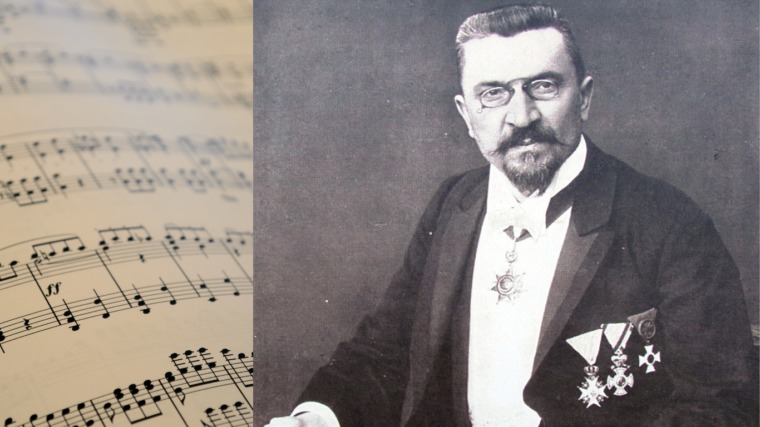
The Father of Serbian Music: Remembering Stevan Mokranjac
September 22, 2025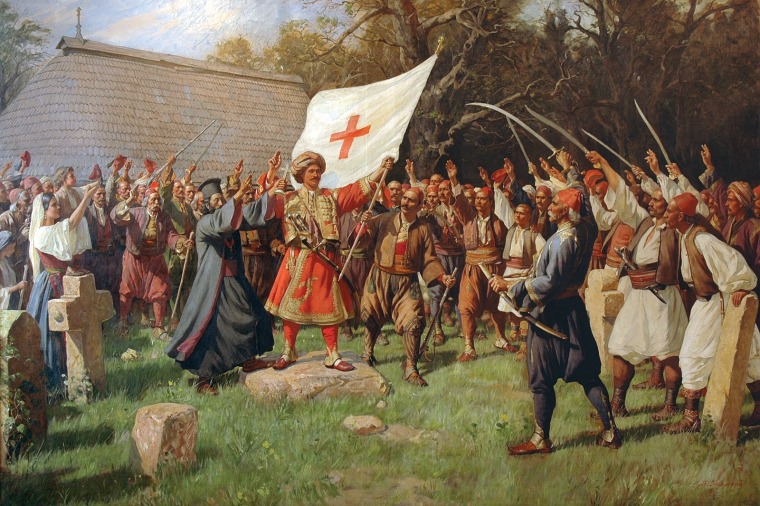
10 Serbian Painters Who Marked the Art World
February 10, 2025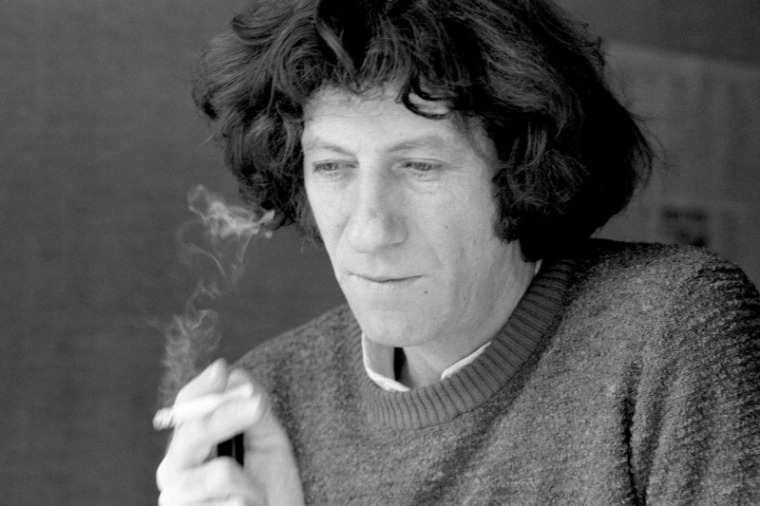
Danilo Kiš, a Genius of Serbian Contemporary Literature
February 22, 2016